
Fluency fix-up strategies can help our struggling readers, but just what strategies can we use? Today, I welcome Lauren from Teacher Mom of Three to share strategies to improve phrasing.
Guest Author, Teacher Mom of Three Explains Fluency Strategies for Phrasing
My career has spanned twenty-five years as a classroom teacher, reading specialist, and literacy coach. I am currently taking a few years off to be a stay-at-home-mom to my three boys, but am still very involved in education and teaching. Today, I share about fluency for both primary and intermediate elementary students.
What the Research Says about phrasing
As literacy teachers, we know the importance of teaching our students how to achieve appropriate fluency. Long before the Common Core, we were modeling, teaching fluency strategies, allowing students time to practice, and having fun with poems, Reader’s Theater, and choral readings. As students progress through the grades, the importance of fluency does not diminish. In fact, explicit teaching for those who struggle with reading speed, specifically, must be part of an intervention program. As I am reading and reflecting on Timothy Rasinski’s The Fluent Reader, it confirms my belief that fluency must be emphasized in the upper elementary grades, and that the most effective way to achieve this is through oral reading.
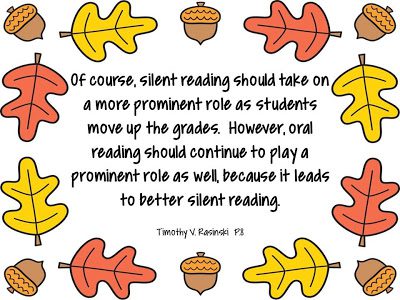
As a specialist, perhaps the most difficult foundational skill to remediate is that of fluency. Specifically, that of phrasing. Fluency is more complex than one may think. It is more than reading smoothly and with expression. Fountas and Pinnell (2009) state that fluency is:
Performing motor actions rapidly, easily, and without conscious attention using processing systems with automaticity
Fountas and Pinnell
- sight word recognition
- increased fluency
- uses words in context
- increased comprehension
Foundational Skills Needed for working on phrasing
There are a few foundational skills you’ll want to address prior to digging into fluency phrasing. First of all, your students will need sufficient accuracy in their reading and an appropriate rate. As they read, students will need to be able to use context and decoding skills to self correct miscues and know to reread when errors occur.
What’s important here?
As teachers, we all know the goal of appropriate fluency is to support and enhance comprehension. We all have students that seem to be the exception. There are some who baffle us. Their reading may be disjointed, have a choppy speed, or constantly include repeats, self-corrections, and pauses. These students may struggle with decoding, and lose their place. Yet despite it all, somehow they are able to comprehend. However, I firmly believe that even if they are able to demonstrate an understanding of the text at present, their ineffective fluency will eventually catch up with them as the texts become increasingly more complex. At that point it is almost certain that comprehension will suffer. And besides, even if the student can understand, most young readers will admit that the reading experience is not enjoyable as they are laboring so hard.
Teaching students sight words is an integral part of literacy instruction in kindergarten, first, and second grades as well as with older students who are struggling readers. Most of our teaching involves instruction of individual words. We use word walls, flashcards, sight word worksheets, games, and working with words activities. However, using sight word phrases is useful for many reasons. Whether you use the Fry list or those from the Dolch list, the benefits of exposing students to phrases include:
- To foster fluency, students need to know that reading involves reading a set of words, or phrases, and not isolated words. Many older readers who struggle are just not aware of this and phrasing is not innate to them.
- In turn, we know that if a child is reading fluently and has automaticity of sight words then their comprehension will usually increase. I always tell my students that they need to know their “lightning” (sight) words, lightning fast so they can save their smart brain power for the tricky words.
- Using the sight word phrases reinforces the idea that good readers read groups of words, phrases, and not word-by-word.
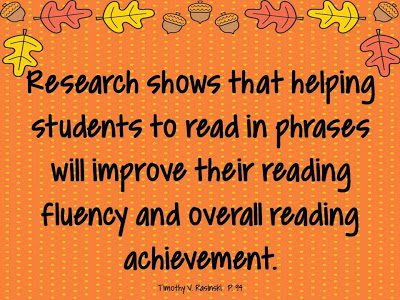
So how do we go about helping students to read in phrases? We must explicitly teach them to identify phrases.
Fluent readers chunk the text into appropriate phrases, not individual words. The students who struggle are the ones who read in a word-by-word manner and who cannot naturally divide a sentence into phrases. These students need instruction on how to find phrase patterns. One way to begin is to introduce students to sight word phrases. You can use the Dolch or the Fry list or even create your own. Use flash cards to do repeated readings of the phrases in isolation. For example, show this phrase-
phrasing ideas
Model how to read the phrase as a group of words and not word by word. Have the student repeat after you. Then take it to the sentence level:
I see the rainbow above the clouds in the sky.
Can the student identify the target phrase? Can they orally read the sentence with appropriate phrasing? Color coding the phrases can aid in visually discriminating phrases.
Lastly, and very importantly is to integrate writing with sight word/phrases instruction. I will select a phrase or have a student randomly select one. For example, by the tree. I will write the phrase on the board and ask, “What is by the tree? Close your eyes and tell me what you see!”. When I did this last night with my first grader, he replied, “I see a cheetah by the tree.” (He is obsessed with cheetahs right now!). I will write it on the board:
I see a cheetah by the tree.
Students will copy the sentence on their small white boards with an Expo marker and underline the phrase or write it in a different color like I did. Next, students will write their own sentence. I see a _______ by the tree. Then eventually, after gradually releasing the learning, they will write their own sentence independently.
When I am working with students who struggle with phrasing, we do lots of practice in school whether it is a literacy center or one-to-one instruction. In addition, I will give them sight word phrase flash cards to take home to practice. If you are interested in using sight word phrases in your classroom or if you are looking for something new to add to your repertoire, I have a FREEBIE for you! Click the picture below to download a sight word packet on Google Drive. This is part of a larger resource that is listed in my store here.
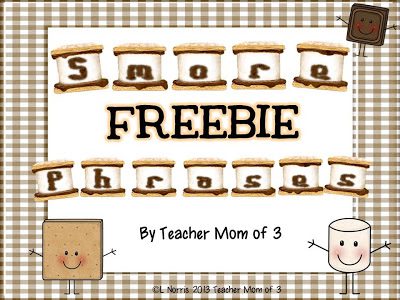
You can use this a couple different ways. Students can build phrases using the phrase building mat (cut apart the cards and shuffle) or use the page with the phrases intact- do not cut apart until after you have taught them in isolation.
Also, check out this fluency rubric here that is based on Rasinski’s work. If you are working on phrases, just concentrate and assess students on the phrasing component.
These are just a few ideas to support your struggling readers, whether they are young or “old”. Enjoy!
Lauren
Other Posts You May Find Helpful
- Five Useful Tips for Practicing Reading Fluency
- Engaging Ways to Work on Fluency
- 10 Fun Ways to Use a Poem of the Week
Pin for Later:

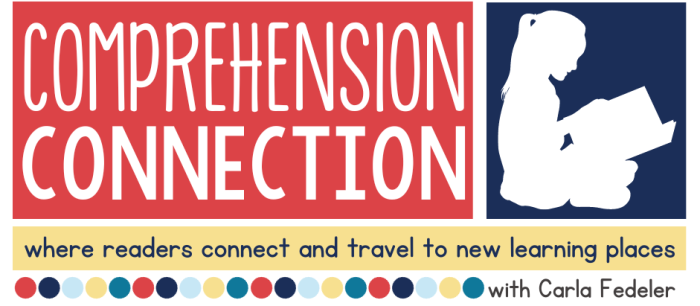











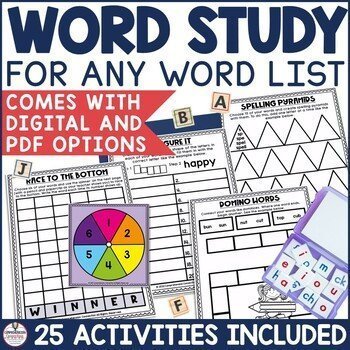
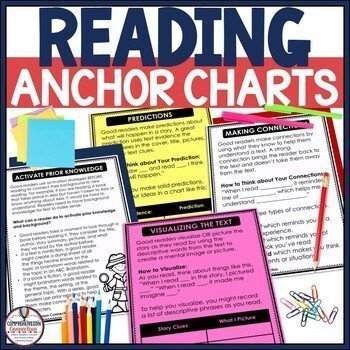
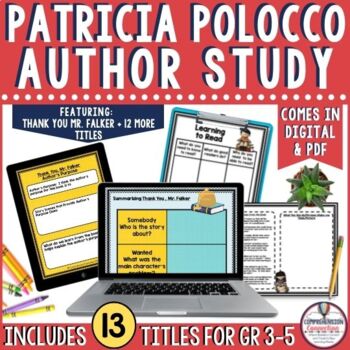
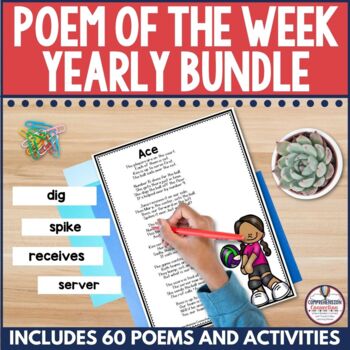

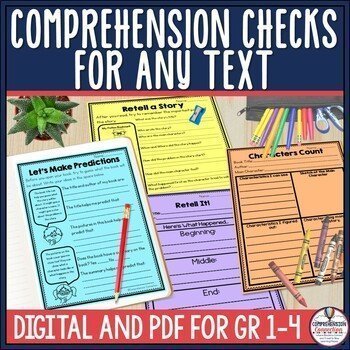
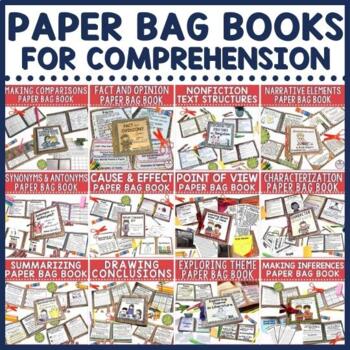
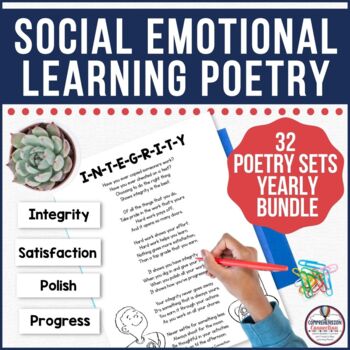

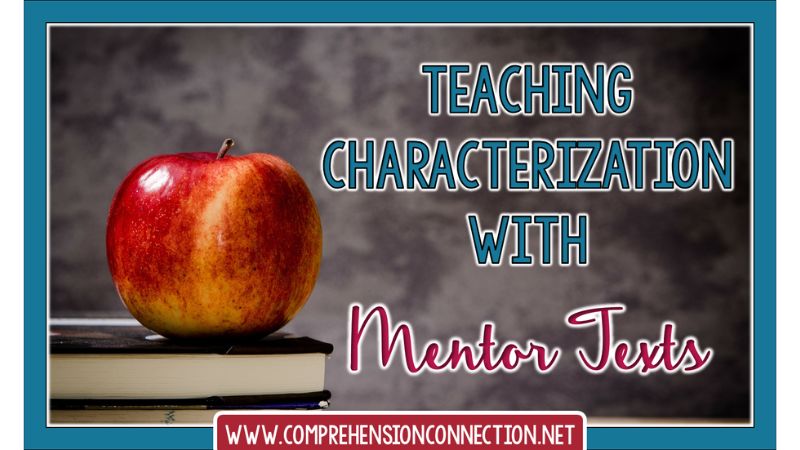
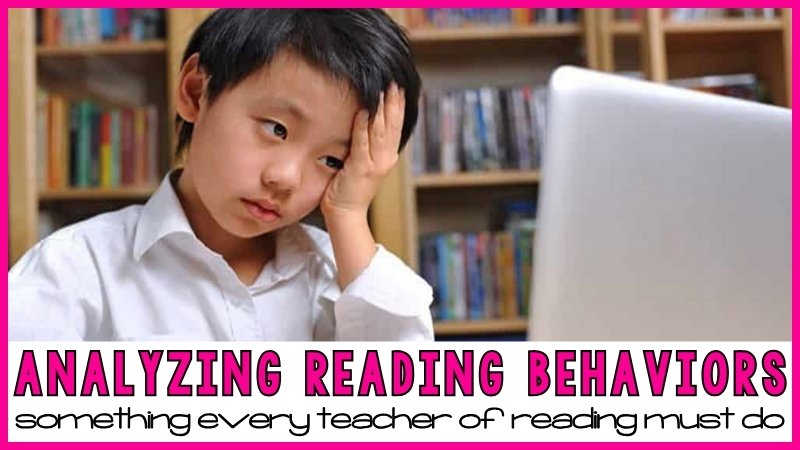
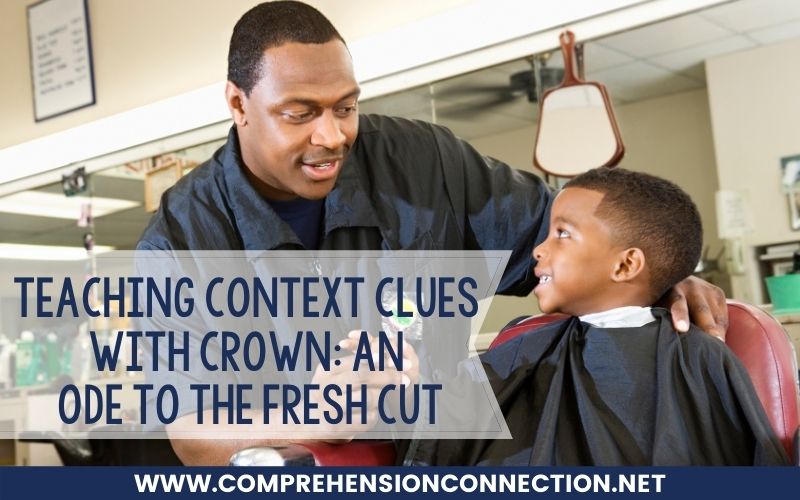


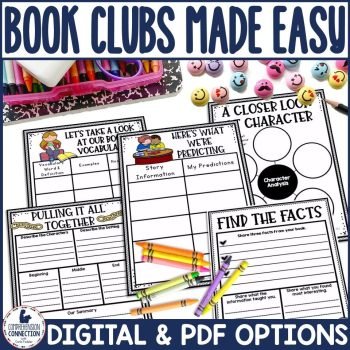






2 Responses
Great points, Lauren. Love the idea of reading in chunks…when I introduce our poem of the week, I read it in chunks and have the students echo each part until they are ready to read it on their own. Thank you for the S'mores phrases!!
Thanks for visiting Suzy! So glad you liked Lauren's post…I did too!